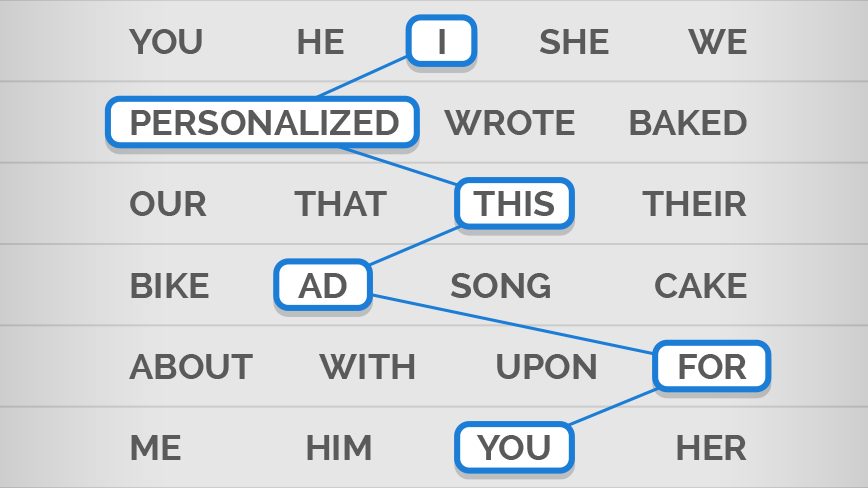Some have said that programmatic could mean the death of creative, or that new technologies will strain the creative process. Not so, according to a recent report from eMarketer.
To set the stage: Programmatic is only going to increase in importance — 63% of U.S. digital display advertising dollars will be placed programmatically in 2016. In addition, programmatic ads will also start to appear in more places, like television and other traditional media.
Early assumptions about how programmatic will change the creative game have also grown outdated as more big brands adopt it and the segment grows beyond its low-budget beginnings. Today, consumers not only want you to know more, but they also expect you to. And ads you serve should show that you know about your consumers’ wants and needs.
“It’s ridiculous that if you’ve just purchased a certain brand of car you then, the very next day, receive advertising in reference to purchasing that brand of car,” said Loren Grossman, president of customer experience management and chief experience officer at Annalect. “It should never happen. All of those touchpoints should be linked. They should all be dynamically creative, creatively assembled, and they should all be data-driven so that each touchpoint is iterative in its understanding of you, as opposed to discrete. I believe that’s where the industry is going within the next 10 years.”
But many have trouble getting a basic understanding of programmatic creative. EMarketer defines it this way: “Programmatic creative is creative that is broken down into its component parts and then reassembled on the fly, based on what is known about the audience, or the individual, that the ad is being served to.” To help you get a fix on what’s what, check out the section of eMarketer’s report “Programmatic and Creative: Cutting through the jargon.”
So how do you reconcile the programmatic with creative? The answer may lie in technology that helps improve the speed and efficiency of getting creative to market, just like tech platforms helped revolutionize the ad game.
“Technology does not quell creativity, in fact, there’s a great deal of evidence that suggests that technology enhances creativity,” writes Forbes contributor Greg Satell.
The bottom line: Data and creative have to work together and the creative director is just as important as ever, if not more so. The relationship between analysts and the creative side of the house is going to grow closer, not further apart.
“What we don’t want to have happen is to use this very scientific tool and make creative directors go away. Data has given precision and a lot more science to these fields, but I don’t think we should do away with intuition entirely,” Fatemeh Khatibloo, a senior analyst who studies marketing and big data at Forrester Research, told The New York Times in an article published last fall.

